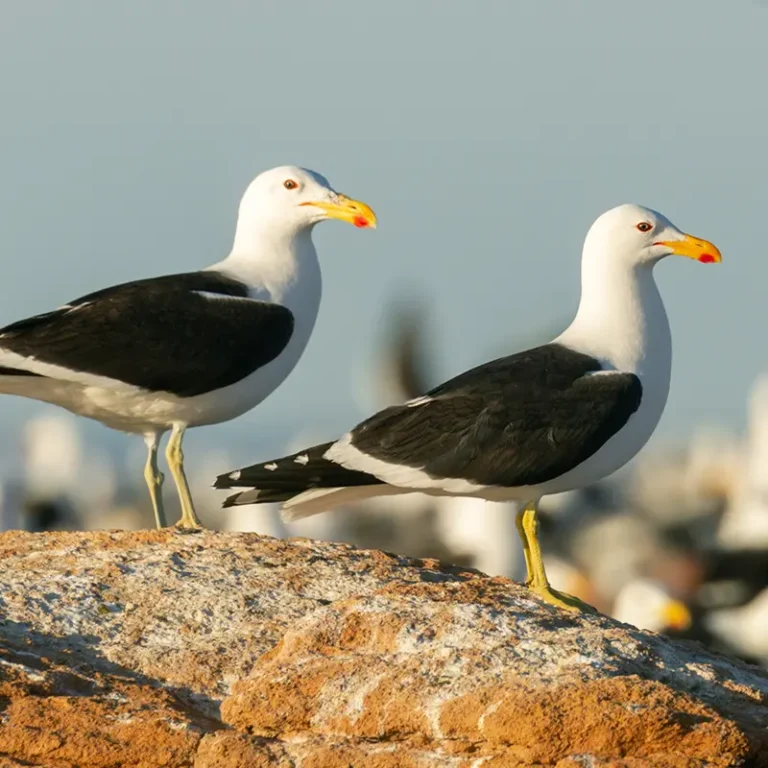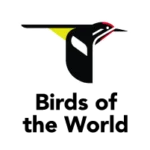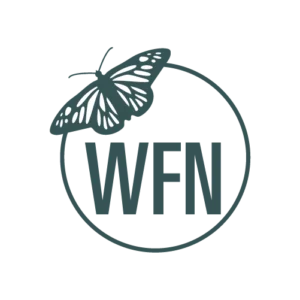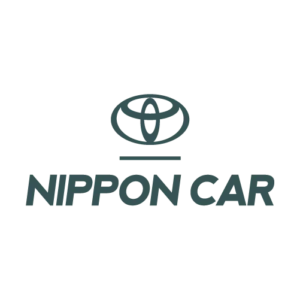Context and objectives
The Kelp Gull frequents both marine and freshwater environments. In marine environments of Patagonia, its reproductive population is estimated to exceed 100,000 pairs, distributed in approximately 140 colonies. It is a generalist and opportunistic species that, during its reproductive season, consumes a wide variety of prey, including marine invertebrates, fish, insects, carrion, and resources of anthropogenic origin, such as waste from urban and industrial landfills and fishing discards. Its colonies can be established on islands, beaches, lakes, areas with or without vegetation cover, and even on cliffs. Reproduction occurs between September and January, depending on the region, and the incubation period is approximately 26 to 27 days. In Patagonia, the Kelp Gull has experienced a significant population increase, probably associated with the greater availability of resources of human origin (garbage and carrion). Some researchers have pointed out that this increase could negatively affect the reproductive success of other bird species, due to their territorial behavior and their predation on chicks and eggs. For this reason, since the late 1970s, the Kelp Gull has been identified as one of the main threats to the Macá Tobiano. In fact, there are records of gulls preying on entire colonies and even chicks a few weeks old.
Our actions
- Control of problem individuals in the lagoons with Macá Tobiano colonies.
- Population management of Kelp Gull colonies, implementing strategies that reduce reproductive success in the long term. Study aspects of gull biology on the high plateaus to improve management strategies.
Protagonists
Habitat and behavior
It inhabits seashores, rivers and mountain lakes, suburban areas, garbage dumps, occasionally it is found in lagoons and steppe rivers. Individuals can also be seen far away from aquatic environments, if resources are available. Individuals can be seen solitary or in small groups but also form large concentrations, even with other species of gulls. It has the ability to glide long distances. It has an aggressive behavior.
Feeding
Their varied diet is made up of fish, mollusks, echinoderms, crustaceans and other animals, but also includes garbage, fishing discards, carrion, etc.
Reproduction
Forms breeding colonies of dozens or hundreds of pairs. It nests on islands, cliffs, beaches, lava fields or even urban areas. The usual clutch consists of three eggs.
Curiosity
Due to the expansion of its territory, associated with human activities, it is described as a “neo-native” species. The Kelp Gull is the most important native predator of the Macá Tobiano.
Threats
Currently in Argentina, the Kelp Gull is considered a non-threatened species, and its population is expanding due to the availability of food and its adaptability to new territories.








